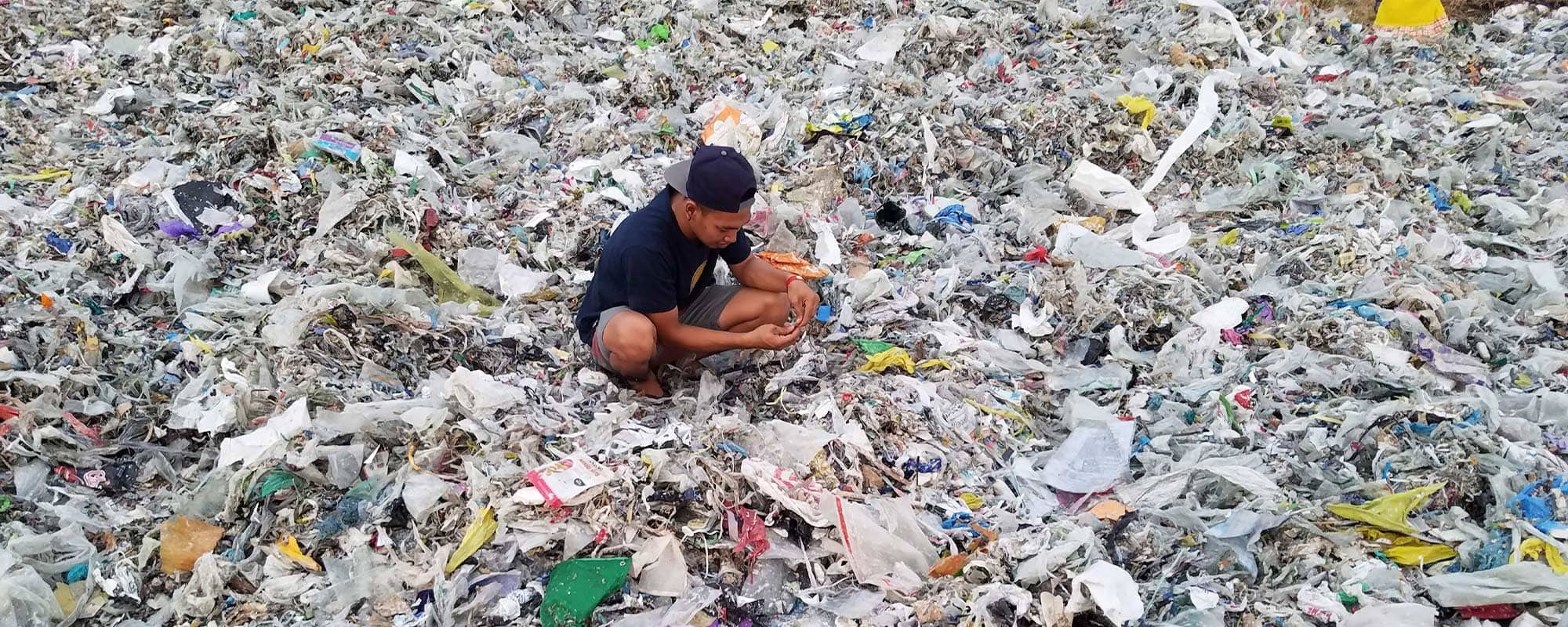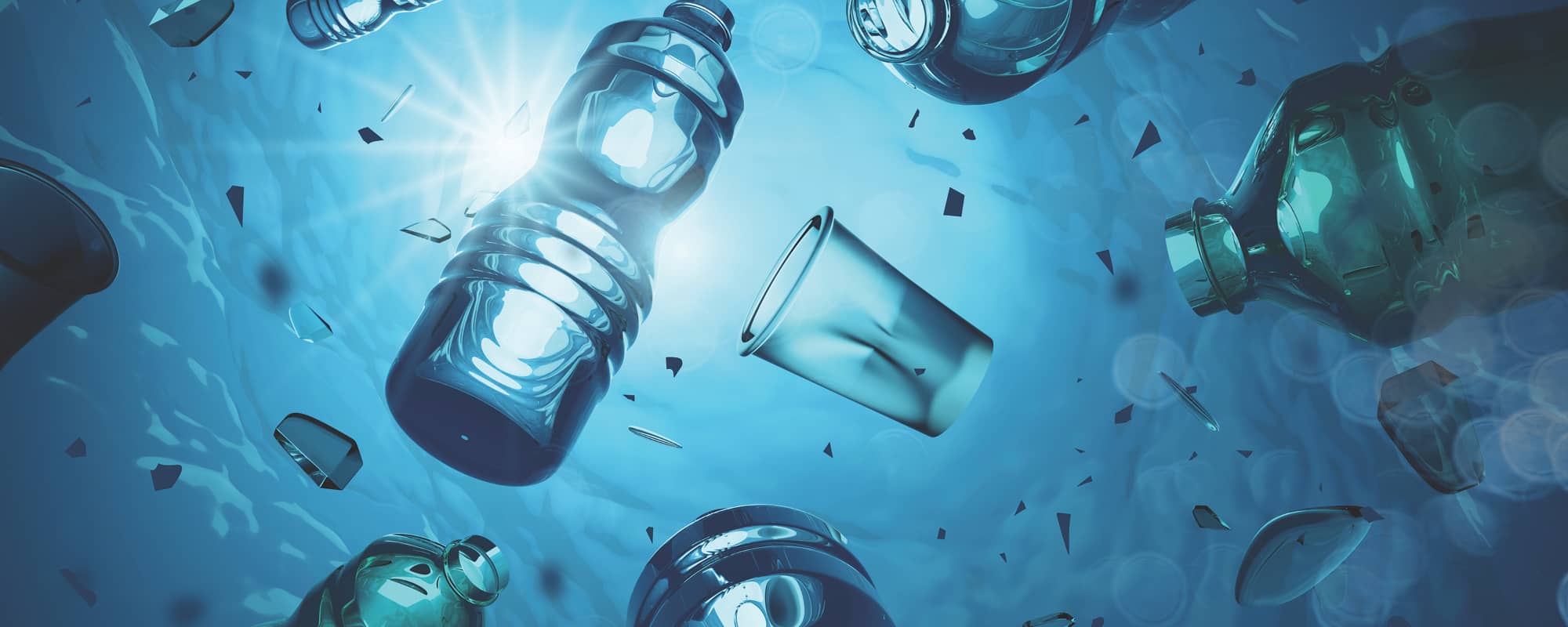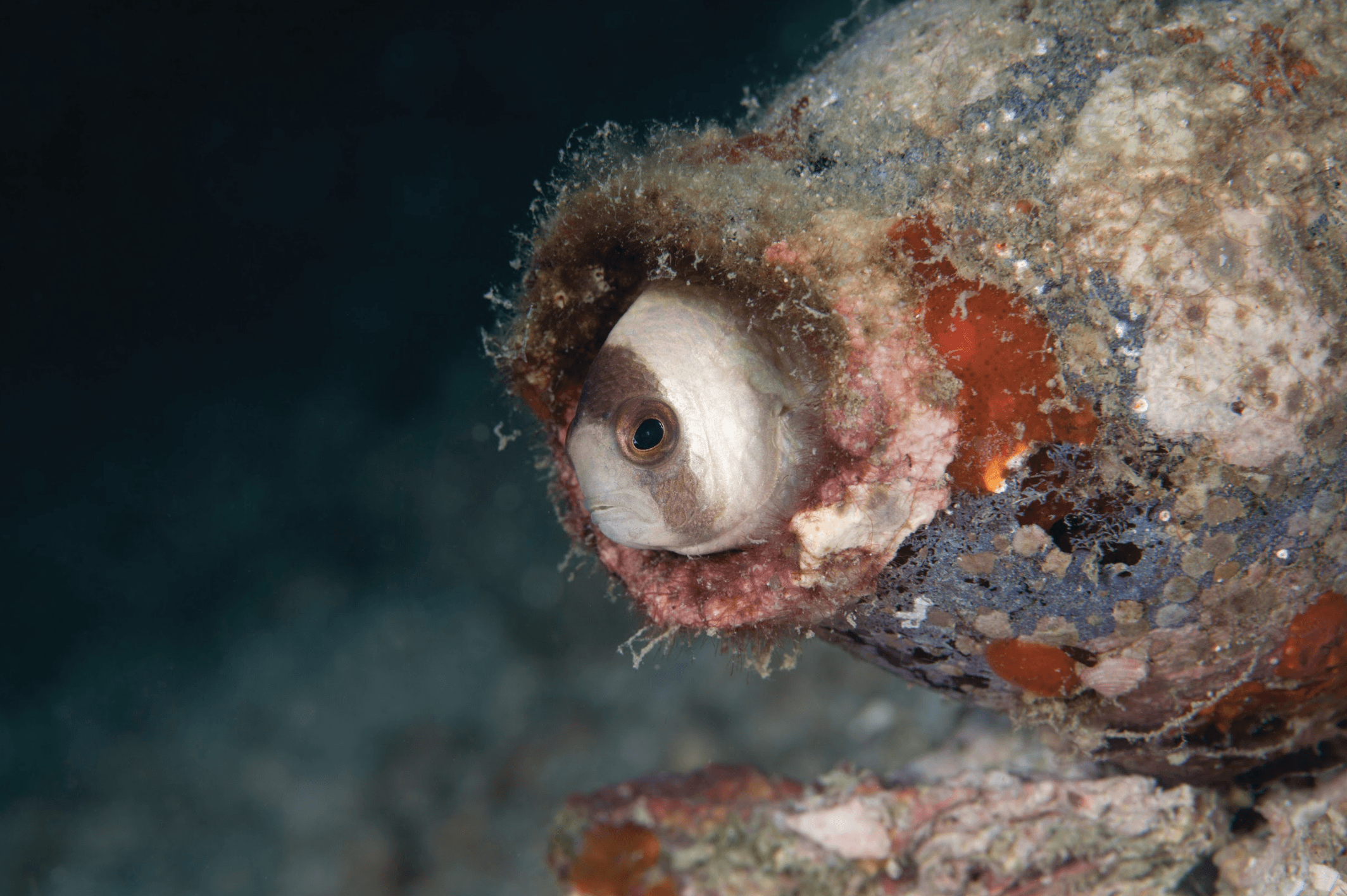Plastic can be found in increasing quantities atop the highest mountain peaks to the darkest depths of the ocean’s trenches. Its effects are pervasive, devastating natural ecosystems, and pose lethal threats to wildlife, while microplastics are even being found in unborn babies, with the consequences as of yet unclear. Over recent years, the predicament of plastic waste has intensified with a surge in usage and production. Since the turn of the millennium, global production of plastics has soared, reaching approximately 400 million metric tonnes annually by 2021.
Continue readingThe Great, Big, Floating Landfill
An astounding 91% of litter found floating around the Maltese Islands is plastic waste, but it is not the only pollutant scarring our seas. Caroline Curmi speaks to marine biologist and University of Malta guest lecturer Marta Curmi about Malta’s marine pollution crisis and how the nation can tackle it.
Continue readingPreserved in Plastic
Archives help preserve the past. Modern archives are dependent on technology. What happens when the technology used to store the past becomes obsolete? Will this information be lost forever at the next update? Words by David Mizzi.
Continue readingThe P Factor
In the challenge of keeping our seas clean, plastics FAIL. And yet, during the last decade, we produced more of it than in the last 100 years combined. Dr Adam Gauci writes about his team’s efforts to categorise the microplastics from Malta’s beaches and how those efforts will contribute towards the war on plastic.
Spotting marine litter
Marine litter is a problem found across the world. As well as being directly deposited in seas and oceans, plastic, wood, rope, and other items are accumulating on land and making their way into bodies of water. On the Maltese Islands, such littering happens frequently. Last summer the Physical Oceanography Research Group (Faculty of Science, University of Malta [UM]) took a step towards tackling the issue.
Under the supervision of Prof. Alan Deidun and Adam Gauci, I sought to harness innovative techniques and create a monitoring programme that would begin to identify what kind of litter is on Malta and Gozo’s beaches.
The national Marine Strategy Framework Directive was followed to ensure good data collection and meeting of the ‘Good Environmental Status’ by 2020. The study used images captured by a drone in three coastline areas: the north east Marine Protected Area of Malta, Qawra Point, and the eastern and western points of Baħar Iċ-Ċagħaq. Flying at an altitude of 30 meters, the drone was programmed to spot specific categories of marine and coastal litter. These included plastic, wood, rope, rubber, and other miscellaneous items such as washing machines and mattresses.
Apart from characterising marine litter, the project aimed to observe whether hydrodynamical phenomena, such as wind and currents, are also influencing the accumulation of litter. However, results showed that the difference between the areas of study was not due to dynamics of coastal currents and coastal topography, but to human activities. In Baħar iċ-Ċagħaq, for example, categories such as wood and plastic were found on land at considerable distances from the shoreline, close to points easily accessible by cars.
We also used statistical analyses to confirm that parameters such as tourism, lack of public knowledge, and lack of environmental consciousness are affecting the accumulation of marine litter, laying the blame firmly on human activities.
The remedy to the situation is in Maltese citizens’ hands. Only we have the power to turn things around. It’s time to clean up our act.
This research was carried out as part of a Masters in Physical Oceanography, Faculty of Science, UM.





